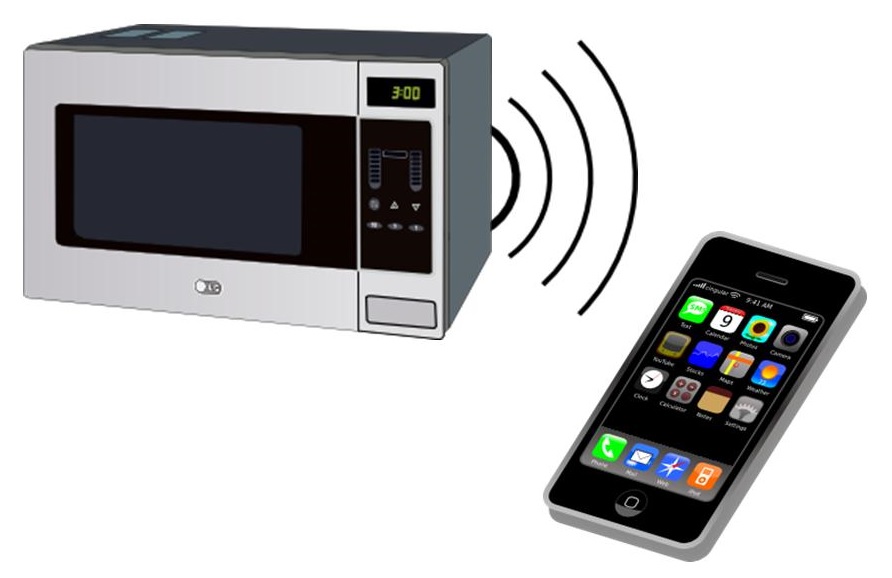Companies will be spending more to advertise and promote over that channel in the next 12 months.
A recent report on mobile marketing and commerce has determined that showrooming may not be considered to be as great of a threat as expected, as only 11 percent of retailers participating in a study claimed that they felt that it is a shopping behavior that could be harmful to their own revenues.
For this reason, many companies are pouring more money into the channel to help to boost their in store experience.
The research, which was published by BuyDesire and Econsultancy determined that most companies will be increasing their mobile marketing budgets over the next year and that this reflects a greater adoption of the channel, overall. They showed that out of every ten companies, seven have said that they would be increasing their spending in this area within the 12 months following the survey. The purpose is to keep up with the growth of the channel.
Only a small number of companies are currently using mobile marketing at the moment.
 However, the current trends are changing and although the majority of companies are not using mobile marketing at the moment, they are changing their tunes and will primarily be doing so within the next year in some shape or form. They will be incorporating these technologies into their overall strategies on a growing basis.
However, the current trends are changing and although the majority of companies are not using mobile marketing at the moment, they are changing their tunes and will primarily be doing so within the next year in some shape or form. They will be incorporating these technologies into their overall strategies on a growing basis.
The survey was conducted by the company from July through August and involved the participation of over 500 agency and in-house marketers. Among them, almost one third (29 percent) intend to use tablet optimized websites for the first time in the next year, with a considerable growth in location based mobile marketing (22 percent) and m-commerce (20 percent).
According to an Econsultancy research analysis, Bola Awoniyi, who spoke about these mobile marketing study results, “The research makes it clear we are at a tipping point with regards to mobile marketing and m-commerce. More companies that have been treading water with mobile technology will be taking the plunge in the near future.” It was also seen that only 11 percent feel threatened in any way by showrooming, even though 67 percent noted that the in-store use of smartphones was rising.

 According to a statement in a paper by Yoshihiro Kawahara, the leader of the team, “The energy accumulated over two minutes was found to be sufficient for the operation of some of low-power kitchen tools for a few minutes and operate wireless sensor node for 2.5 hours.”
According to a statement in a paper by Yoshihiro Kawahara, the leader of the team, “The energy accumulated over two minutes was found to be sufficient for the operation of some of low-power kitchen tools for a few minutes and operate wireless sensor node for 2.5 hours.”